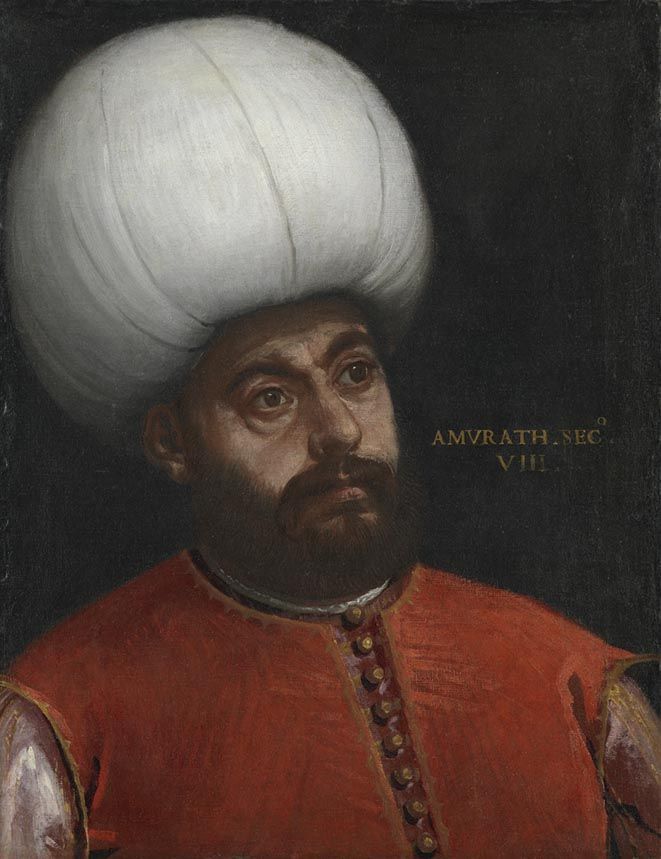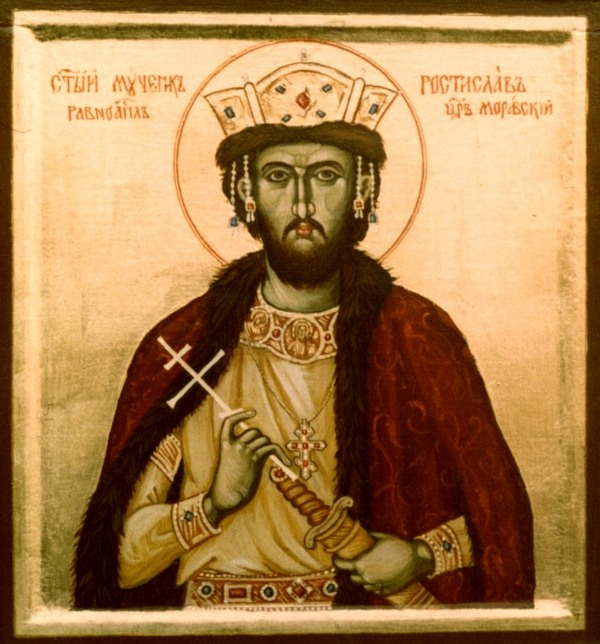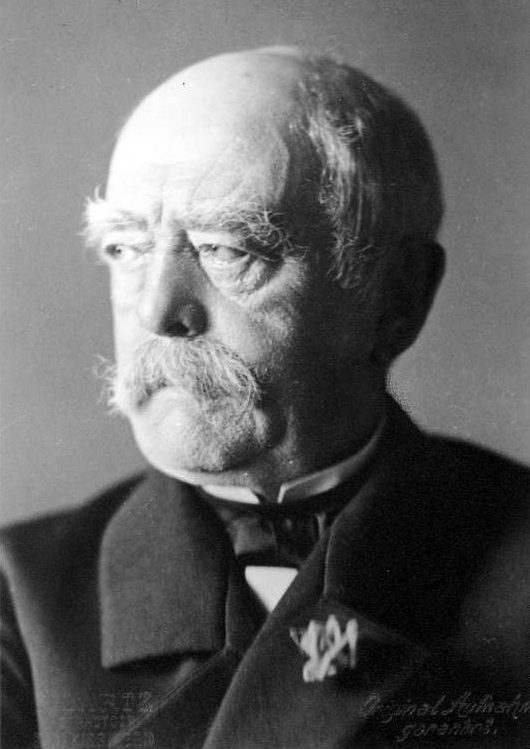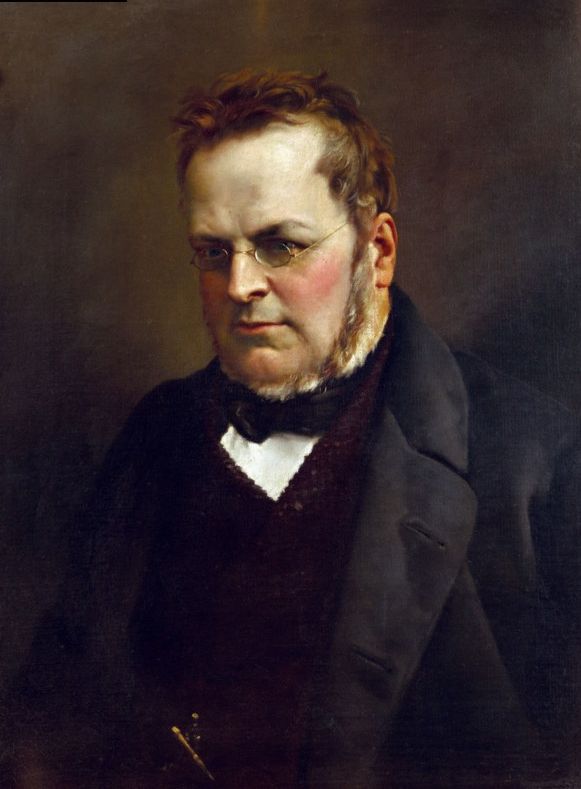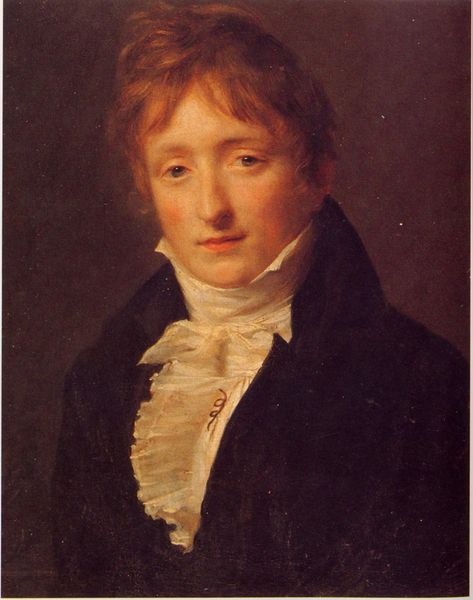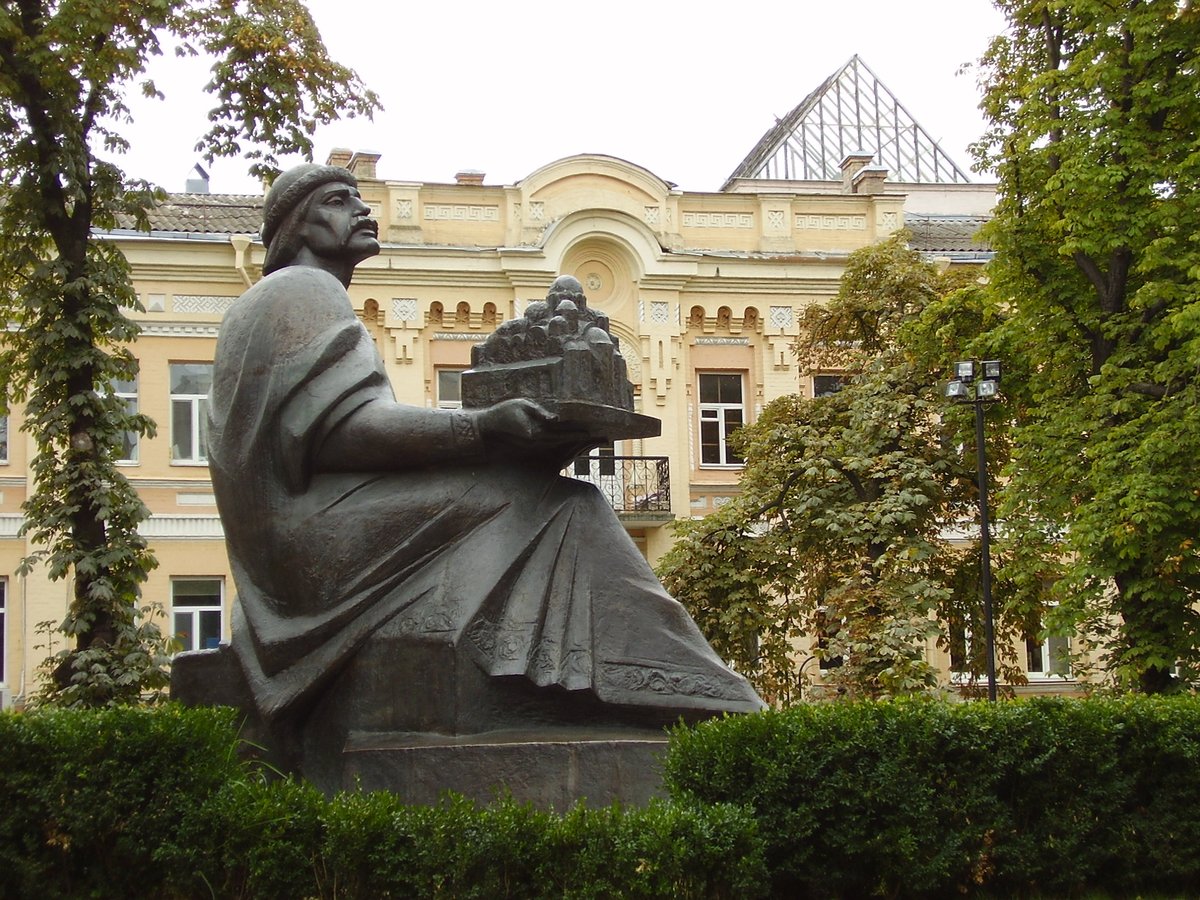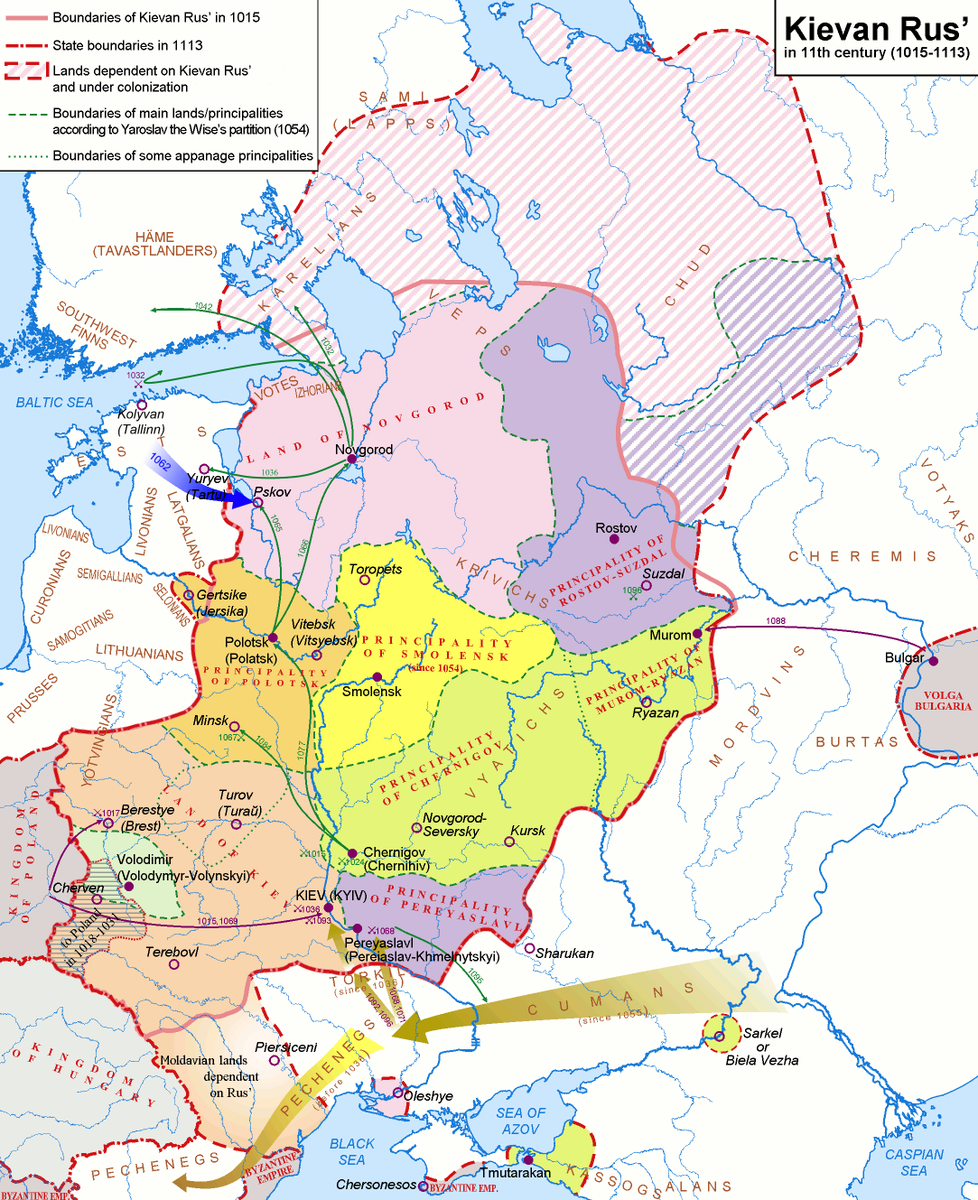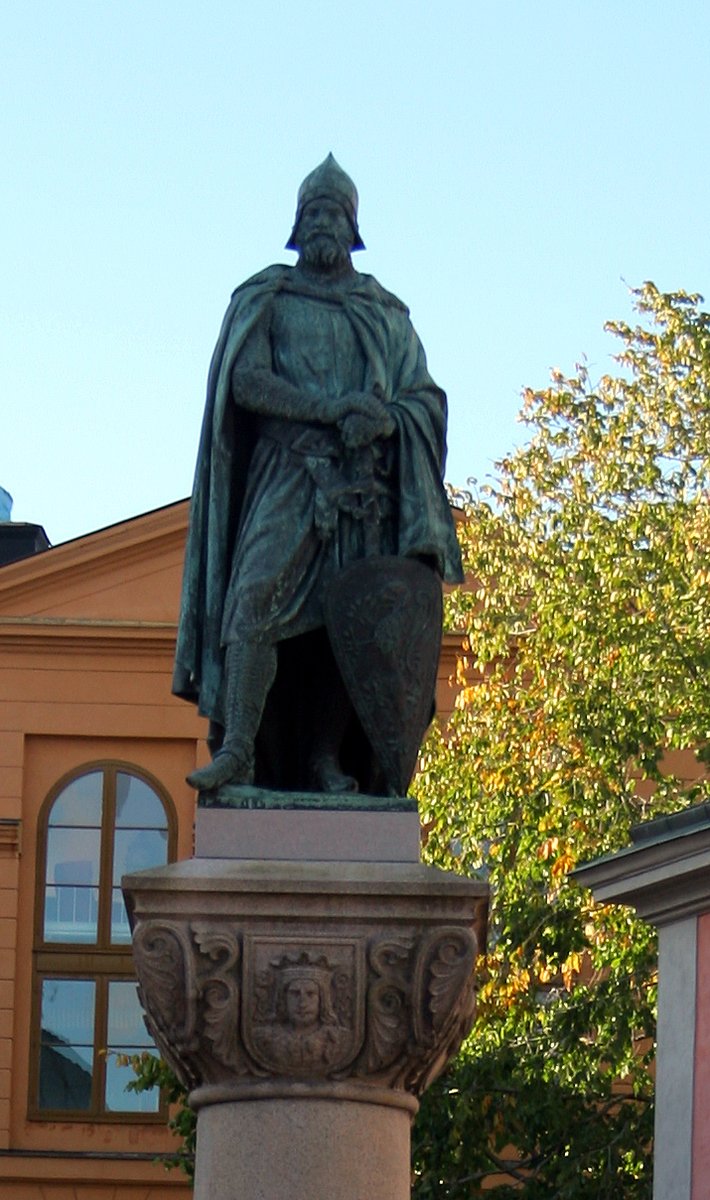A governor rebels and sets up a Principality.
The beginning of centuries of resistance against foreign rule, which ends with the creation of a nation.
Story in the evening ...
The beginning of centuries of resistance against foreign rule, which ends with the creation of a nation.
Story in the evening ...
https://twitter.com/Arby_K/status/1458985498223910914
Basarab may have been born around 1270 to Thocomerius. Not much is known about his early life, except that he was a Vlach. Wallachia was a region that had linkages with the Bulgars, the Hungarians and the Mongols. 1/10 

Vlachs lived in an area surrounded by the Danube River on three sides and the Southern Carpathians in the north. Many of them were Orthodox like the Bulgars that dominated the region. 2/10 

Sometime in late 13th century, Radu Negru, voivode of Făgăraş in Hungary is said to have crossed the Southern Carpathians from Transylvania to settle in Câmpulung founding Wallachia. But this also brought a stronger role for Catholic Hungary in the region. 3/10 

Basarab is referred to as the voivode of Wallachia by Charles Robert, King of Hungary, in 1324. Charles Robert had a contentious hold on his Kingdom, since he was a Sicilian Prince with French origins, though related to the House of Árpád that ruled Hungary till 1301. 4/10 

While Charles Robert tried to rein in the Hungarian oligarchs, Basarab was able to push for independence. Basarab also allied with the Bulgars, marrying his daughter to Ivan Alexander, whose uncle, Mihail Šišman, became the Bulgarian Tsar in 1323. 5/10 

But the alliance met with a disastrous defeat at Velbužd in 1330 against the emerging power in the Balkans, Serbia. Tsar Mihail died in the battle and Basarab was wounded. The defeat gave King Charles an opportunity to retake control of Wallachia. 6/10 

But it was Basarab who came on top at Posada against Hungary in 1330. The victory ensured the independence of Wallachia. The next year, Basarab supported his son-in-law in becoming the Tsar of the Bulgarian Empire. 7/10 

In 1344, Basarab made his son, Nicola Alexandru, his co-ruler. Nicola succeeded his father on his death in 1352, but took a more friendly tone towards Hungary. The House of Basarab would rule Wallachia for over two centuries. 8/10 

After 1417, Wallachia would come under the influence of the Ottoman Empire, when the then Prince Mircea had to acknowledge Ottoman suzerainty and pay tribute. However, his son Vlad Dracul and grandson Vlad Drăculea would both resist Ottoman rule. 9/10 

In 1881, Wallachia became an independent nation, joining with neighbouring Moldavia to form Romania. After the Great War ended in 1918, Romania was enlarged with the addition of Transylvania, Bukovina and Bessarabia (named after Basarab), but retained only Transylvania. 10/10 



• • •
Missing some Tweet in this thread? You can try to
force a refresh


